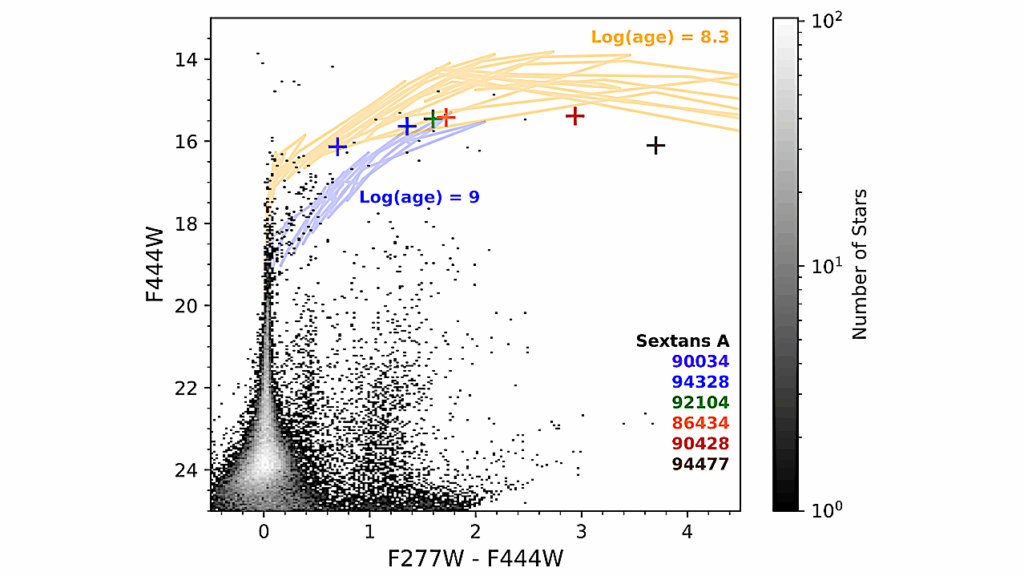Revealing Callisto’s Carbon-rich Surface And CO2 Atmosphere With JWST

We analyzed spectral cubes of Callisto’s leading and trailing hemispheres, collected with the NIRSpec Integrated Field Unit (G395H) on the James Webb Space Telescope.
These spatially resolved data show strong 4.25-micron absorption bands resulting from solid-state 12CO2, with the strongest spectral features at low latitudes near the center of its trailing hemisphere, consistent with radiolytic production spurred by magnetospheric plasma interacting with native H2O mixed with carbonaceous compounds. We detected CO2 rovibrational emission lines between 4.2 and 4.3 microns over both hemispheres, confirming the global presence of CO2 gas in Callisto’s tenuous atmosphere.
These results represent the first detection of CO2 gas over Callisto’s trailing side. The distribution of CO2 gas is offset from the subsolar region on either hemisphere, suggesting that sputtering, radiolysis, and geologic processes help sustain Callisto’s atmosphere. We detected a 4.38-micron absorption band that likely results from solid-state 13CO2. A prominent 4.57-micron absorption band that might result from CN-bearing organics is present and significantly stronger on Callisto’s leading hemisphere, unlike 12CO2, suggesting these two spectral features are spatially anti-associated.
The distribution of the 4.57-micron band is more consistent with a native origin and/or accumulation of dust from Jupiter’s irregular satellites. Other, more subtle absorption features could result from CH-bearing organics, CO, carbonyl sulfide (OCS), and Na-bearing minerals. These results highlight the need for preparatory laboratory work and improved surface-atmosphere interaction models to better understand carbon chemistry on the icy Galilean moons before the arrival of NASA’s Europa Clipper and ESA’s JUICE spacecraft.
Richard J. Cartwright, Geronimo L. Villanueva, Bryan J. Holler, Maria Camarca, Sara Faggi, Marc Neveu, Lorenz Roth, Ujjwal Raut, Christopher R. Glein, Julie C. Castillo-Rogez, Michael J. Malaska, Dominique Bockelee-Morvan, Tom A. Nordheim, Kevin P. Hand, Giovanni Strazzulla, Yvonne J. Pendleton, Katherine de Kleer, Chloe B. Beddingfield, Imke de Pater, Dale P. Cruikshank, Silvia Protopapa
Comments: Accepted in AAS Planetary Science Journal, January 2024
Subjects: Earth and Planetary Astrophysics (astro-ph.EP)
Cite as: arXiv:2401.17236 [astro-ph.EP] (or arXiv:2401.17236v1 [astro-ph.EP] for this version)
Submission history
From: Richard Cartwright
[v1] Tue, 30 Jan 2024 18:25:05 UTC (15,983 KB)
https://arxiv.org/abs/2401.17236
Astrobiology








